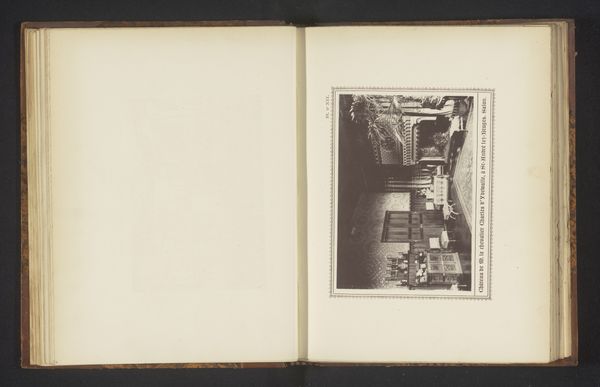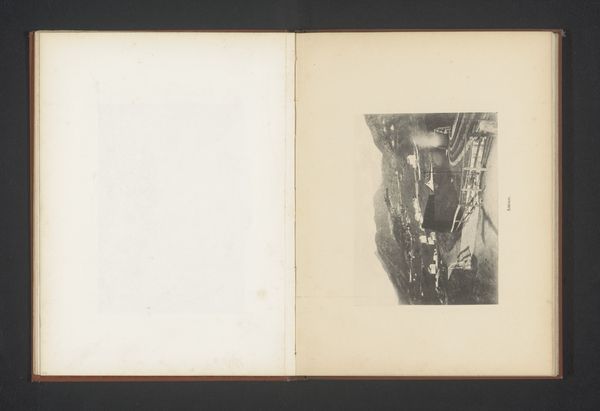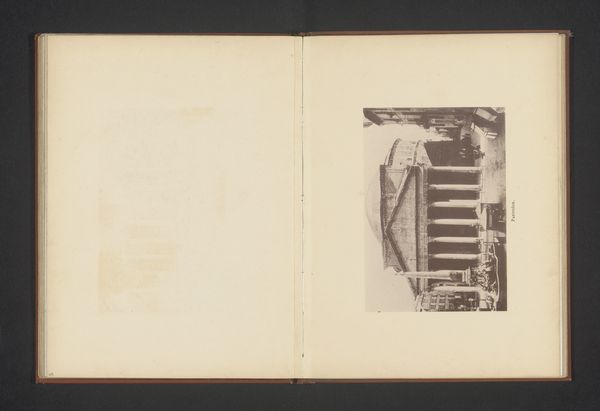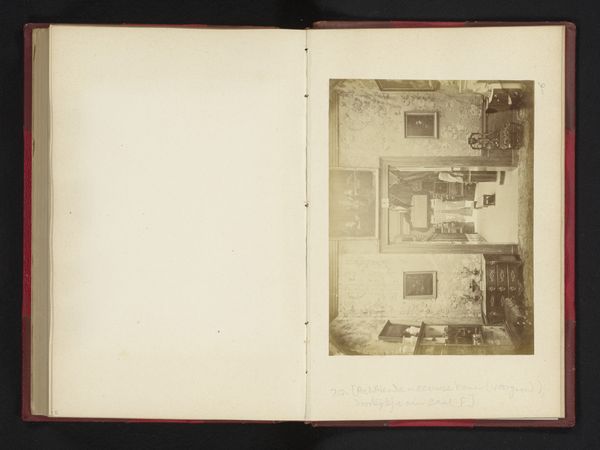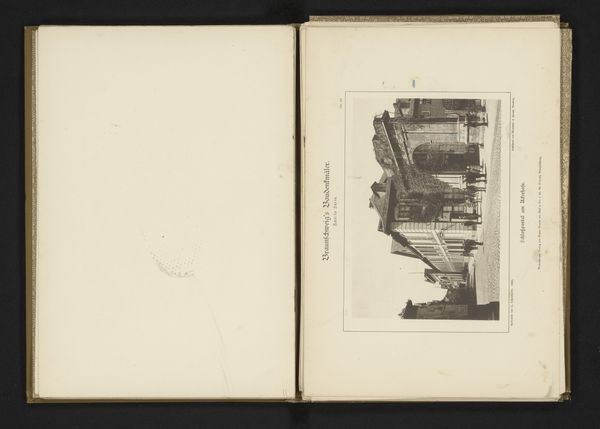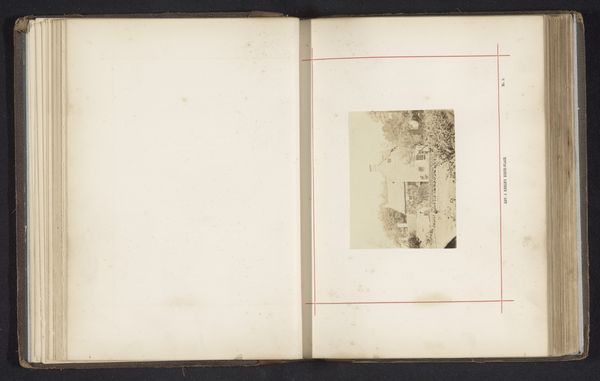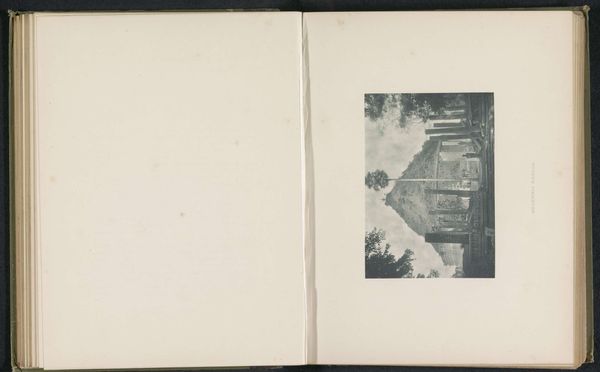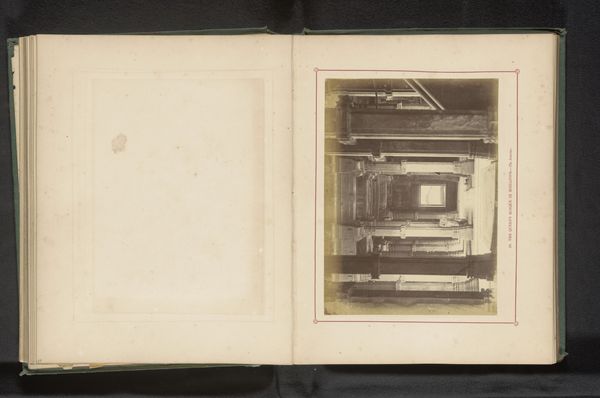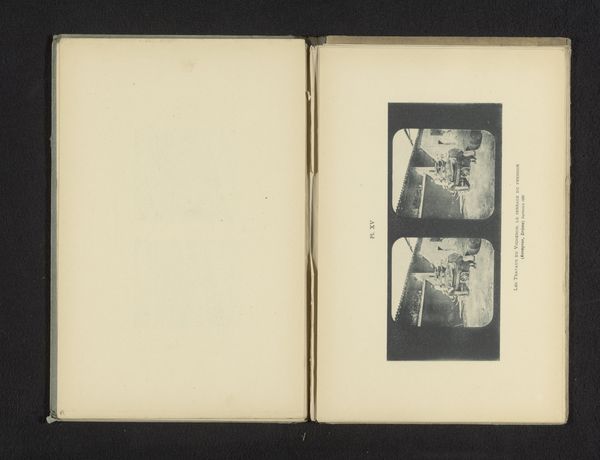
photography, albumen-print
#
photography
#
orientalism
#
albumen-print
Dimensions: height 185 mm, width 231 mm
Copyright: Rijks Museum: Open Domain
Curator: This albumen print, likely taken before 1885, presents us with the "Interior of the House of Lockwood de Forest in New York." The photographer is, sadly, anonymous. Editor: My immediate impression is of a staged exoticism. It feels more like a theatrical set than a genuine living space. The level of detail, however, draws you in, it begs the question: what narratives were being curated in this home? Curator: Absolutely, and it's crucial to remember Lockwood de Forest’s role as an importer and designer deeply involved in the Aesthetic Movement and the India Revival. The image showcases a constructed "Oriental" interior. Consider the labor and global trade networks involved in bringing these materials to New York to construct a very particular vision of domesticity. Editor: Exactly! This photo documents the construction of identity as much as a physical space. The late 19th century was fascinated with the ‘Orient,’ using it to reflect and refract its own anxieties and desires. The objects aren't simply decorative; they actively participate in constructing a narrative of wealth, taste, and cultural appropriation. Curator: The photograph itself becomes part of the consumption cycle. It documents, promotes, and solidifies de Forest’s brand and the market for these goods. We are seeing not just an interior but a marketing tool deployed within the complex landscape of Victorian society. Editor: It is striking how this photograph captures an instant where personal taste meets with global geopolitics. This "Oriental" style was fashionable amongst elites but the construction of that fashion, its origins, and its meanings raise urgent questions about the gaze and cultural exploitation. It shows how domestic spaces are very public in their expression of power and ideology. Curator: Indeed, examining the material sources and the economic structures behind them illuminates how aesthetic choices in even seemingly personal environments are shaped by a bigger world. It provides insight into the intersection of commerce, culture, and class during this time period. Editor: Well, the next time I renovate I’ll think twice about where my materials are sourced. It has definitely given me food for thought. Curator: Absolutely, it reminds us to look beneath the surface and to understand how cultural tastes often carry significant social and political weight.
Comments
No comments
Be the first to comment and join the conversation on the ultimate creative platform.
